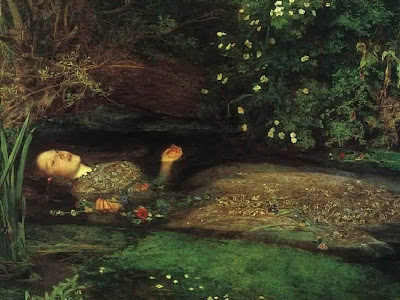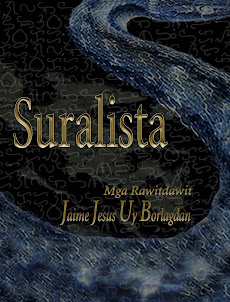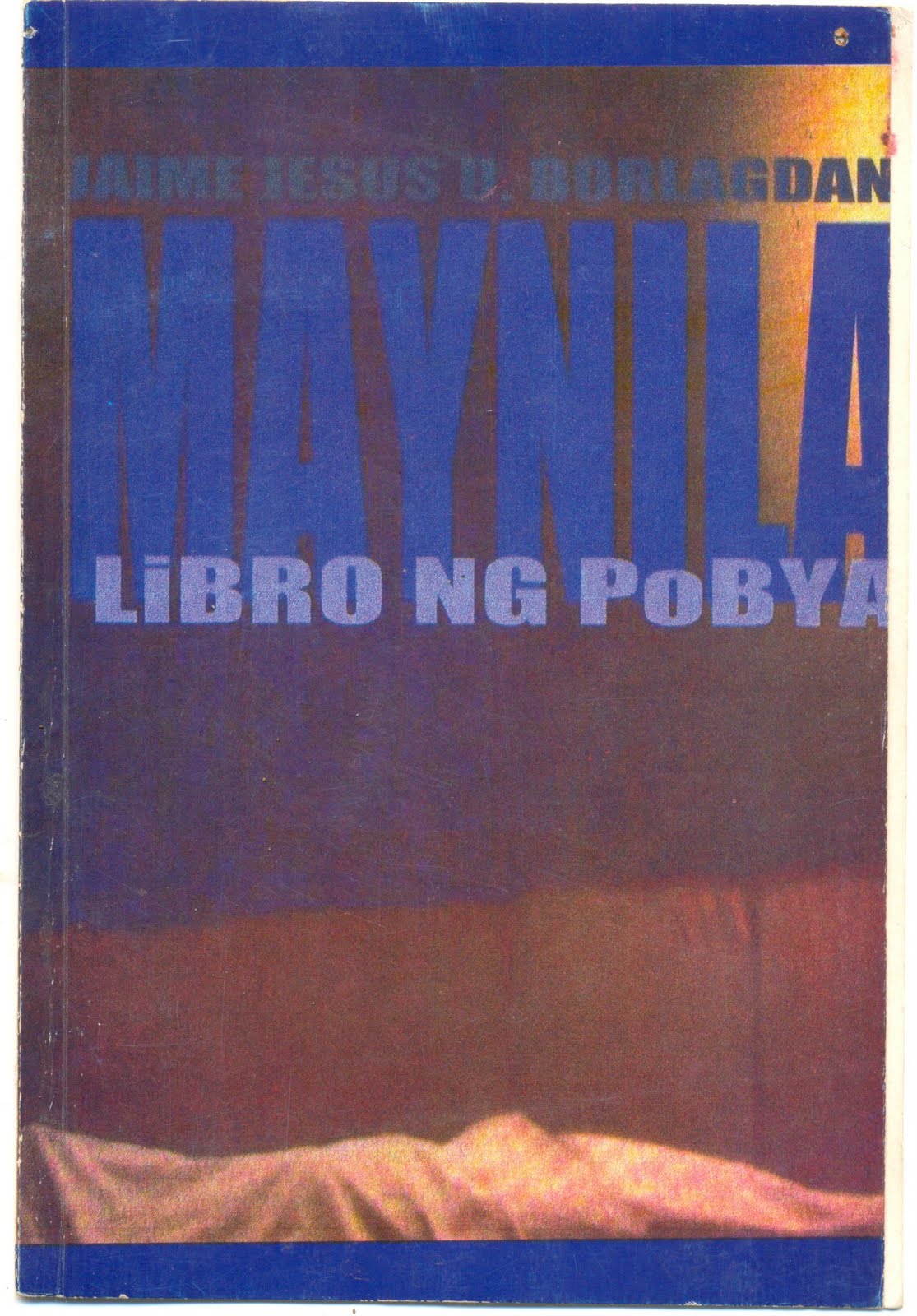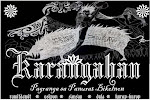Baad pagtuminalikod ka na
dangan taka bubukudon.
Madaling muyahon an nagdudunong
an harani, dipisil mawoton.
Ako para-adal, sagkod ngonian
kan layab kan hukol sa baybayon.
Baad pagtuminalikod ka na
dangan taka bubukudon.
Ay, kabayong habong dumuko
uyam sa awot, durat kan harayo
Madaling muyahon an nagdudunong
an harani, dipisil an pagmawot.
An paghidaw namit kan kamunduan
an pungaw sustansiya kan malanyagon.
Baad pagtuminalikod ka na
dangan taka bubukudon.
Kun malipot ako sa saimong kamot
kun sa tarom ko nalugad ko an saimong boot,
madali malang muyahon an nagdudunong
an harani, dipisil an pagmawot.
Makulog an masala sa hala-hala
pero mas malanit an maging tama
ngonian na tuminalikod ka na mala
saka taka mananggad pigbubukod
ngonian na harayo, saka taka pigmamawot.
Mayo 28, 2009.Tabaco City Hall.
dangan taka bubukudon.
Madaling muyahon an nagdudunong
an harani, dipisil mawoton.
Ako para-adal, sagkod ngonian
kan layab kan hukol sa baybayon.
Baad pagtuminalikod ka na
dangan taka bubukudon.
Ay, kabayong habong dumuko
uyam sa awot, durat kan harayo
Madaling muyahon an nagdudunong
an harani, dipisil an pagmawot.
An paghidaw namit kan kamunduan
an pungaw sustansiya kan malanyagon.
Baad pagtuminalikod ka na
dangan taka bubukudon.
Kun malipot ako sa saimong kamot
kun sa tarom ko nalugad ko an saimong boot,
madali malang muyahon an nagdudunong
an harani, dipisil an pagmawot.
Makulog an masala sa hala-hala
pero mas malanit an maging tama
ngonian na tuminalikod ka na mala
saka taka mananggad pigbubukod
ngonian na harayo, saka taka pigmamawot.
Mayo 28, 2009.Tabaco City Hall.
English:
When you turn away perhaps
then will you be pursued.
The stubborn is easy to want
to desire the near is dificult.
When you turn away perhaps
then will you be pursued.
The stubborn is easy to want
to desire the near is dificult.
I am a pupil, until now
of the wave and the shore's affair.
When you turn away perhaps
then will you be pursued.
Ay, a horse which wouldn't stoop down
fed up with grass, craving for distance
The stubborn is easy to want
to desire the near is dificult.
Pining is the flavor of sorrow
loneliness is the nourishment of the passionate.
When you turn away perhaps
then will you be pursued.
If I am cold in your hand
if in my blade I've wounded you,
It's becuase the stubborn is easy to want
to desire the near is dificult.
Pain is in a jest that turned out wrong
but agony in those that came out true
for now that you have turned away
then I have come to pursue
now that you're far, then I desire you.
Painting:
"Ophelia" (1851-52) John Everett Millais
"Ophelia" (1851-52) John Everett Millais








